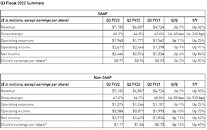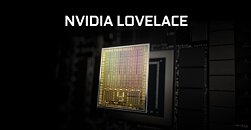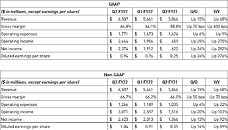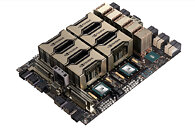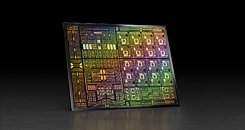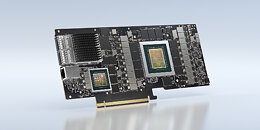
NVIDIA GeForce RTX 4090 and RTX 4080 Pictured
Later today, NVIDIA CEO Jensen Huang will take centerstage at GTC to launch the next-generation GeForce RTX 40-series "Ada" graphics cards, in what is expected to be a pre-recorded stream, which may have been filmed earlier. This has been leaked, and we have our first picture of the NVIDIA GeForce RTX 4090 Founders Edition graphics card. Its design retains the dual-axial flow-through concept introduced with the RTX 30-series Founders Edition cards, where a fan on one side of the card draws in cooler air, passes it through the heatsink, and exhausts with the help of a second fan. There appear to be some refinements to the design of the fan-impellers, The card itself is 3 slots thick, much like the RTX 3090 Ti Founders Edition. The RTX 4080, positioned a notch below this card, was pictured earlier in its anti-static sleeve, and appears to feature an identical board design.











